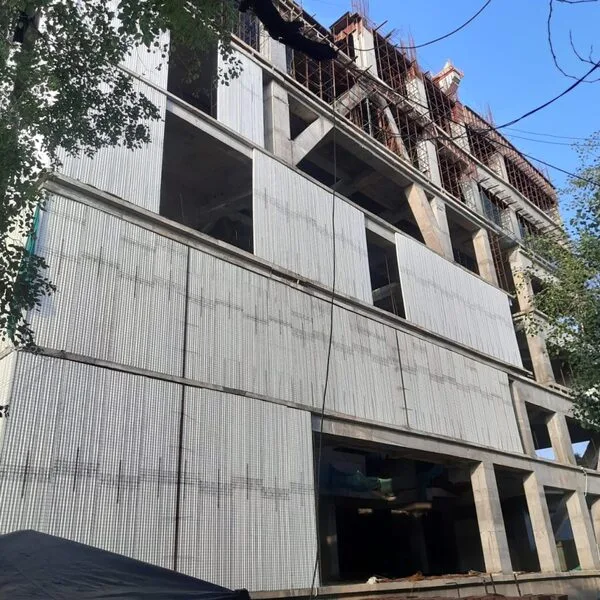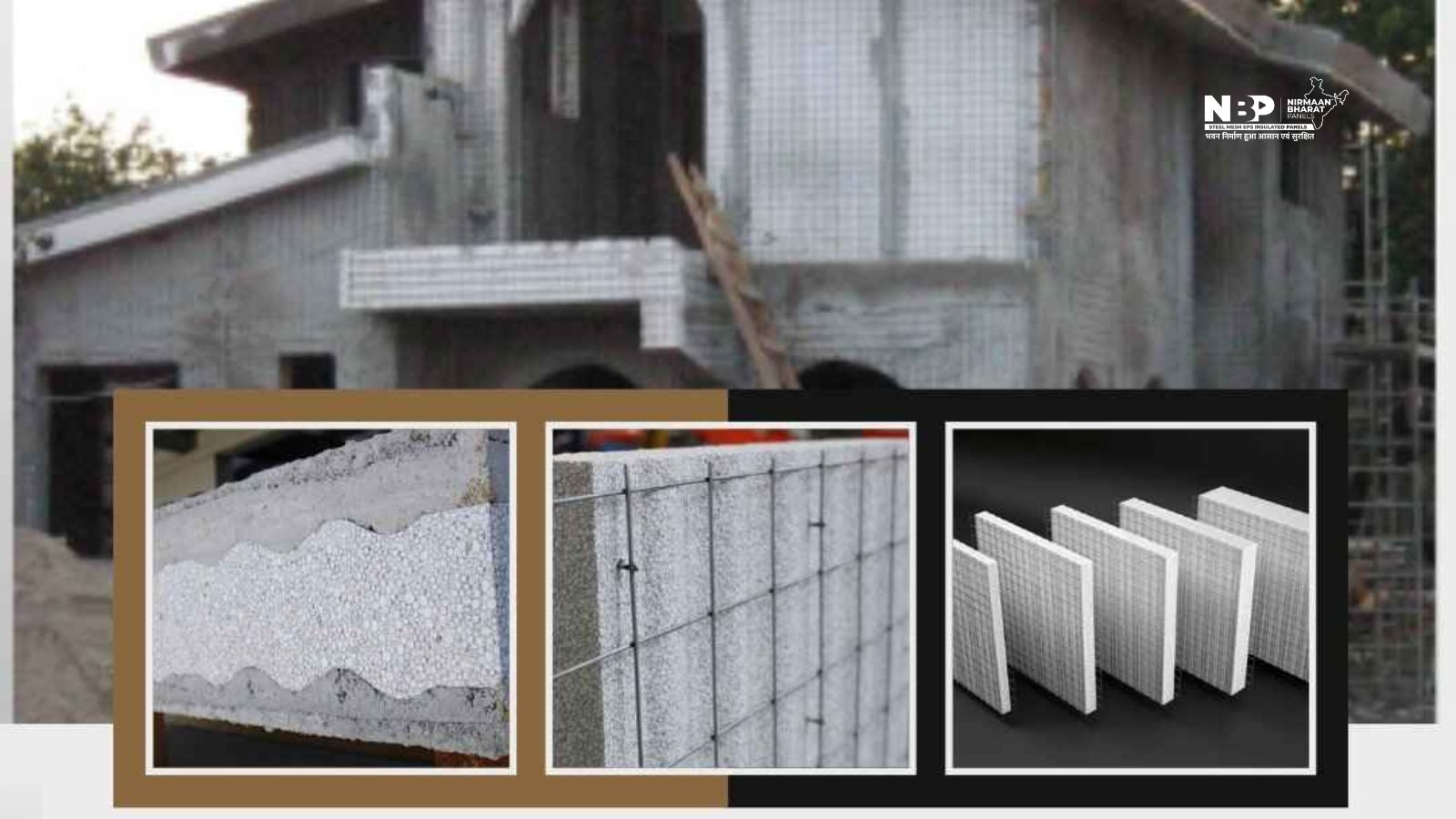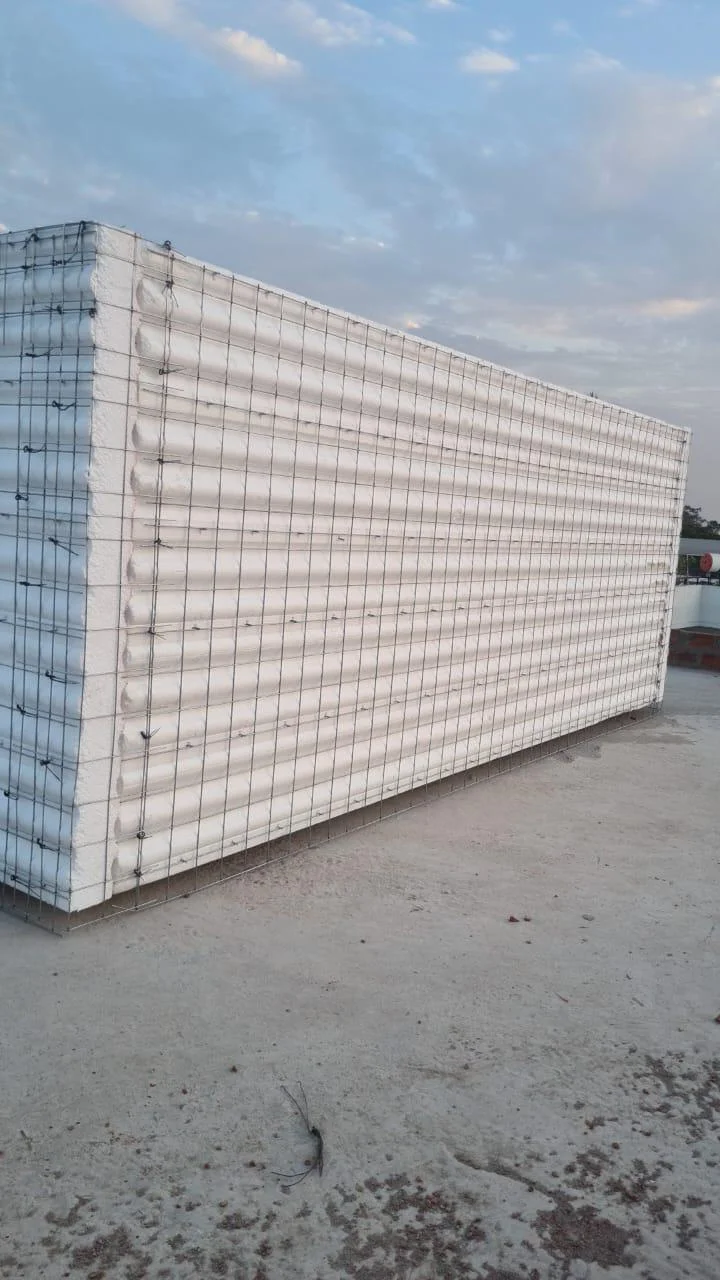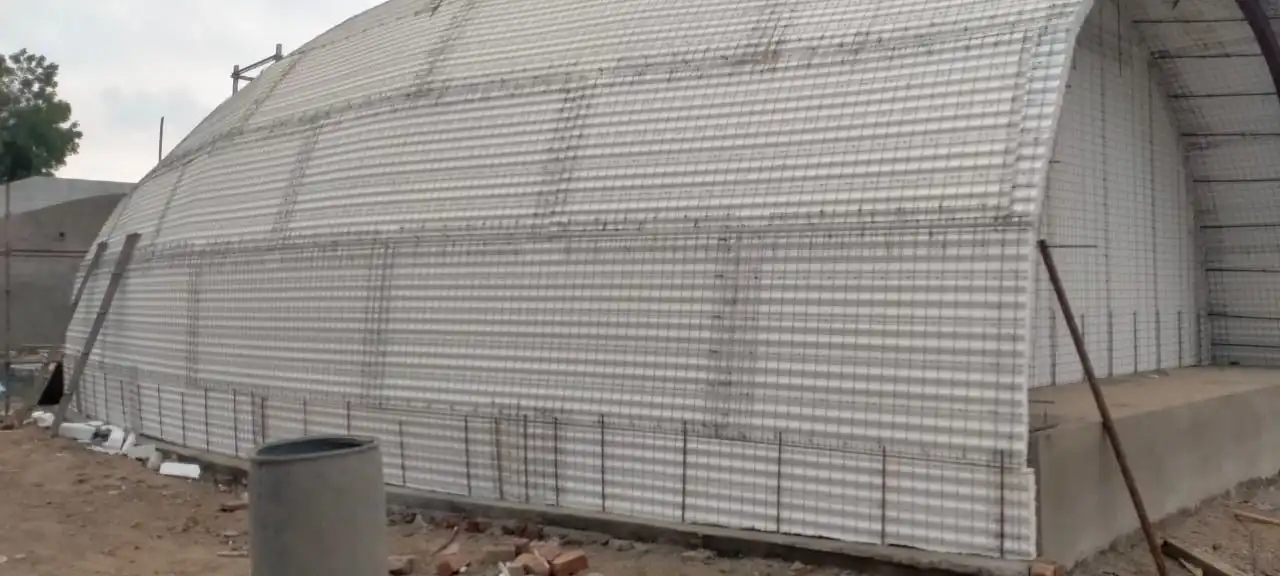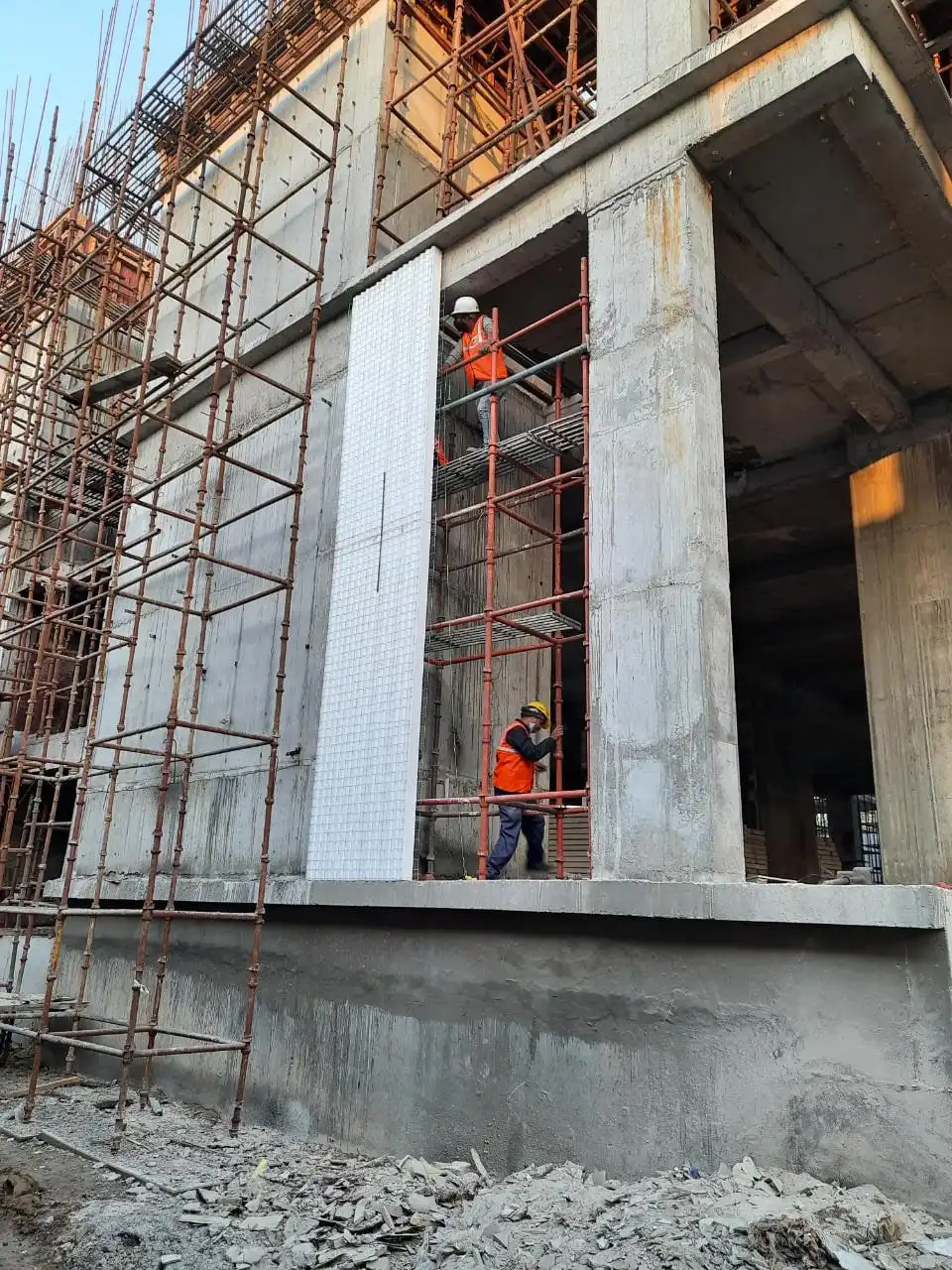In the evolving world of construction, efficiency, sustainability, and cost-effectiveness are paramount. Reinforced EPS (Expanded Polystyrene) structural panels are revolutionizing the industry by providing an innovative solution that meets these criteria. This blog will guide you through the reinforced eps structural panels installation process of reinforced EPS structural panels using the AIDA (Attention, Interest, Desire, Action) model, ensuring you understand the benefits and steps involved in incorporating these panels into your projects.
Table of Contents
ToggleWhy Reinforced EPS Structural Panels?
The construction industry constantly seeks new methods to improve building efficiency and sustainability. Reinforced EPS structural panels have gained significant attention due to their impressive benefits:
1. Sustainability
Reinforced EPS panels are made from recyclable materials and contribute to green building practices. They reduce the overall carbon footprint of construction projects, aligning with global sustainability goals.
2. Cost-Effectiveness
These panels reduce construction time and labor costs. Their lightweight nature makes them easy to handle, transport, and install, leading to significant savings in both material and labor expenses.
3. Energy Efficiency
EPS panels provide excellent thermal insulation, maintaining indoor temperatures and reducing the need for heating and cooling systems. This leads to lower energy consumption and utility costs.
4. Durability and Strength
Reinforced with materials like galvanized steel or concrete, these panels offer exceptional structural integrity. They are resistant to weather conditions, pests, and moisture, ensuring a long lifespan for buildings.
Exploring the Installation Process
Understanding the installation process of reinforced EPS structural panels can pique the interest of builders, architects, and homeowners looking for efficient building solutions. Here’s a step-by-step guide to the installation process:
Step 1: Preparation
Before installation, thorough planning and preparation are essential. This includes:
- Site Assessment: Evaluate the site to ensure it is suitable for panel installation. Check for any obstacles or challenges that might affect the process.
- Design and Measurements: Create detailed design plans and take accurate measurements to determine the number of panels required.
- Material Procurement: Source high-quality reinforced EPS panels from reputable manufacturers. Ensure you have all necessary tools and equipment for the installation process.
Step 2: Foundation Work
A strong foundation is crucial for the stability of any structure. Follow these steps:
- Foundation Layout: Mark the foundation layout according to the design plans. Ensure accuracy in measurements and alignments.
- Excavation and Leveling: Excavate the foundation area and level it to create a stable base for the panels.
- Foundation Construction: Construct the foundation using appropriate materials like concrete. Allow sufficient curing time before proceeding with panel installation.
Step 3: Panel Installation
The core of the process involves the actual installation of the reinforced EPS panels:
- Panel Placement: Begin placing the panels on the prepared foundation. Start from one corner and work your way across the structure.
- Alignment and Leveling: Ensure each panel is properly aligned and level. Use shims or spacers if necessary to achieve precise positioning.
- Connection and Fastening: Secure the panels together using connectors or fasteners specified by the manufacturer. This ensures a sturdy and cohesive structure.
- Reinforcement: Add any additional reinforcement, such as steel rods or mesh, to enhance the structural integrity of the panels.
Step 4: Finishing Touches
Completing the installation process involves several finishing steps:
- Sealing and Insulation: Apply sealant or insulation material to gaps and joints between panels. This enhances the thermal and moisture resistance of the structure.
- Surface Treatment: Finish the surface of the panels with appropriate treatments like plastering, painting, or cladding. This adds aesthetic appeal and further protection to the panels.
- Quality Inspection: Conduct a thorough inspection to ensure all panels are securely installed and meet the required standards. Address any issues or discrepancies promptly.
The Advantages of Choosing Reinforced EPS Panels
Highlighting the advantages of reinforced EPS structural panels can create a strong desire among potential users to incorporate them into their projects:
1. Time-Saving
The quick and straightforward installation process significantly reduces construction time. This allows projects to be completed faster, meeting tight deadlines and reducing overall project duration.
2. Cost-Efficiency
Lower labor costs and reduced material wastage translate to substantial cost savings. The long-term energy savings due to excellent insulation properties further enhance the cost-efficiency of these panels.
3. Versatility
Reinforced EPS panels can be used in various applications, from residential buildings to commercial and industrial structures. Their adaptability makes them suitable for diverse construction needs.
4. Environmental Benefits
Using recyclable materials and contributing to energy efficiency aligns with environmentally conscious construction practices. This appeals to builders and homeowners prioritizing sustainability.
Implementing Reinforced EPS Panels in Your Projects
Here’s how to get started with reinforced EPS structural panels:
1. Research and Select a Manufacturer
Choose a reputable manufacturer known for producing high-quality reinforced EPS panels. Look for certifications and customer reviews to ensure reliability.
2. Consult with Experts
Engage with architects, engineers, and contractors experienced in working with EPS panels. Their expertise can guide you through the design and installation process, ensuring a successful project.
3. Plan Your Project
Develop a detailed project plan, including timelines, budgets, and resource allocation. Ensure all necessary permits and approvals are obtained before starting construction.
4. Execute and Monitor
Begin the installation process following the steps outlined above. Regularly monitor progress and address any issues promptly to ensure a smooth and efficient construction process.
Conclusion
Reinforced EPS structural panels offer a game-changing solution for modern construction projects. Their numerous benefits, including sustainability, cost-efficiency, and durability, make them an ideal choice for builders and homeowners alike. By understanding the installation process and recognizing the advantages, you can confidently incorporate reinforced EPS panels into your next construction project. Embrace this innovative technology and take your building endeavors to new heights of efficiency and sustainability.
FAQ’s –
1. What are the benefits of using reinforced EPS structural panels for construction?
Reinforced EPS structural panels provide excellent insulation, reduce construction time, and offer enhanced structural integrity. They are lightweight, easy to handle, and contribute to energy-efficient building solutions.
2. How is the installation process of reinforced EPS structural panels carried out?
The installation involves assembling the panels on-site, connecting them with specialized adhesives or mechanical fasteners, and applying a protective coating or finish. This process is faster and simpler compared to traditional construction methods.
3. Are reinforced EPS structural panels suitable for all types of buildings?
Yes, reinforced EPS structural panels can be used in a variety of construction projects, including residential, commercial, and industrial buildings. They are versatile and adaptable to different architectural designs and building requirements.
4. What kind of maintenance is required for buildings constructed with reinforced EPS structural panels?
Buildings constructed with reinforced EPS structural panels require minimal maintenance. Regular inspections and occasional cleaning of the exterior surface are usually sufficient to ensure longevity and performance.
5. How do reinforced EPS structural panels contribute to sustainability?
Reinforced EPS structural panels are made from recyclable materials and provide superior insulation, reducing energy consumption for heating and cooling. Their lightweight nature also reduces the carbon footprint associated with transportation and construction.
Also Read – Why Reinforced EPS Structural Panels are the Future of Construction in 2024


